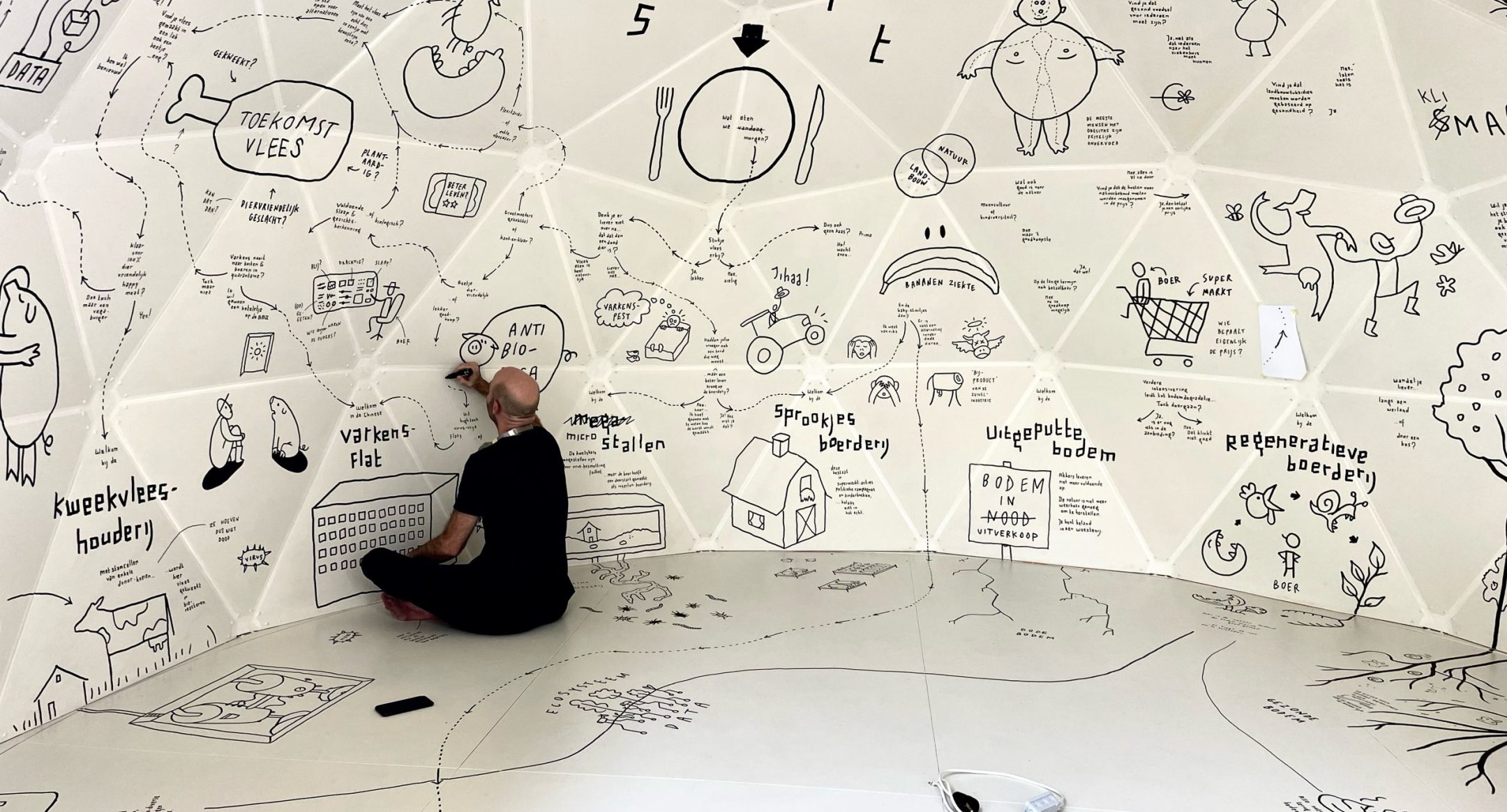
Picture the farmer of the future: is he still wearing overalls? And how does he power his farm? Agriculture is undergoing swift transformations, and design is playing a vital role in making these changes happen. Changes that are very welcome, as we will have to feed the growing population of the world while taking care of the planet too. Here's seven examples of how design is helping us accomplish this.
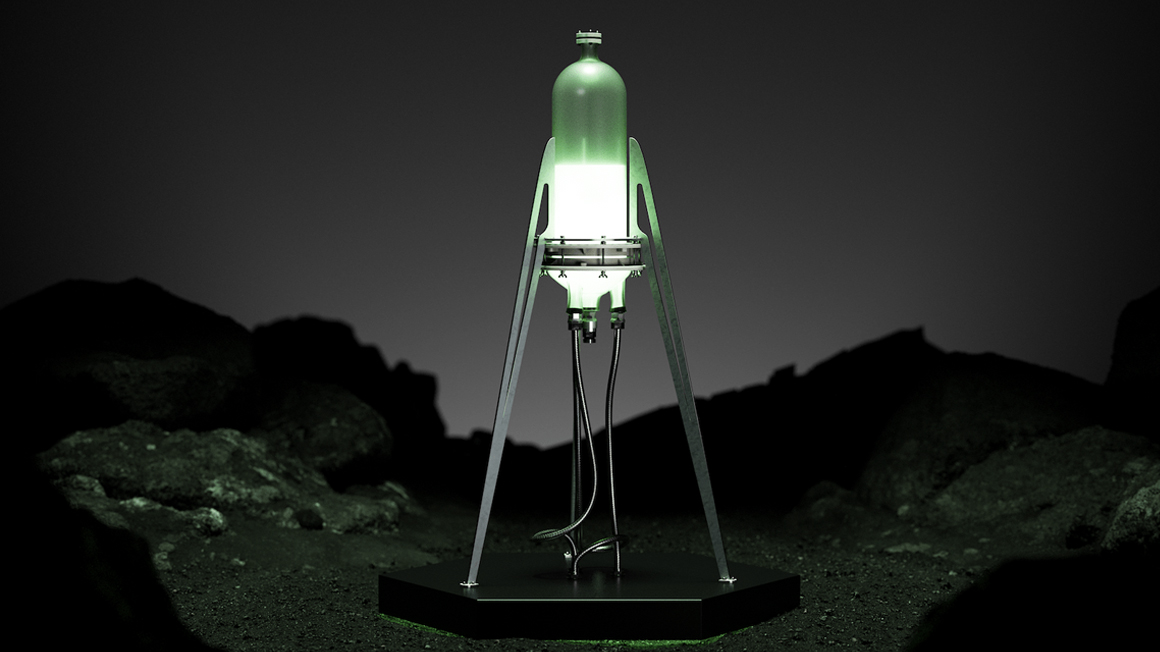
1. We will turn algae into food-producing lampposts.
The Lighthouse - 4F.STUDIO
They can be blended into smoothies, or mixed into salads and soups: algae. And for good reason: algae are richly filled with fats and proteins and are therefore a useful addition to our diet. Growing algae can be done almost anywhere and some algae even emit light. Can we use algae as a food-producing lamppost? This bioreactor contains ancient cyanobacteria. When you reverse the biorhythms of these algae, they use street lights as “residual light” to grow from. Enabling such a technology, the equivalent of two heads of lettuce as food could be produced.
2. We will enhance our senses - or create new ones.
Sensetopia - Laila Snevele
Taste, hear, see, smell, feel: we eat with all our senses. As humans we evolved to detect harmful foods via our senses (think for example of bitter compounds or a rotten smell). However, today we have numbed some of these important senses and decided to trust the food industry instead. What if we harnessed AI and robotics to push our sensory limits? Meet a new generation of technological senses: Next Senses. These sensory prosthetics would allow us to sense information that is invisible to us today. Think radio waves, UV light and air pollutants. A sensory utopia or dystopia? Judge for yourself.
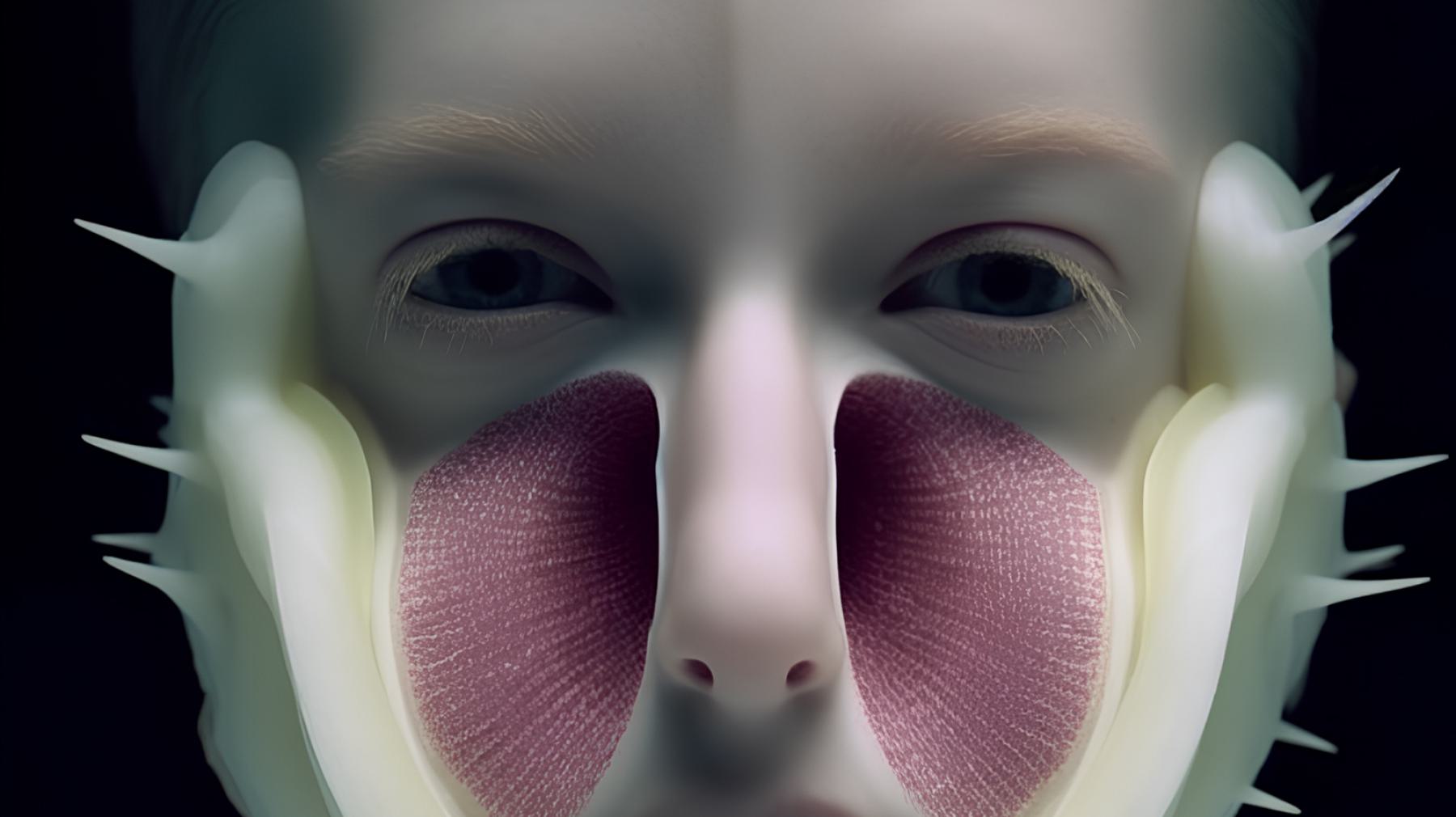
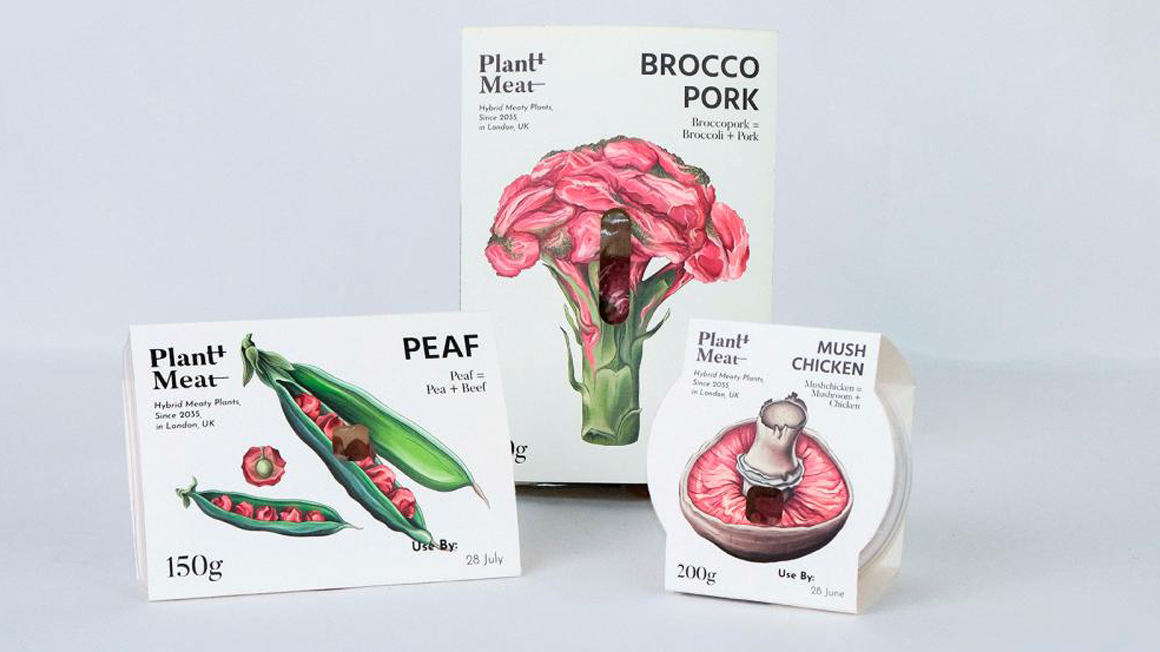
3. We will grow meat on plants.
Broccopork, Mushchicken and Peaf -Leyu Li
A meat addiction, does it exist? And if so, what do you do about it? Meat substitutes are perhaps the most obvious alternatives to eating meat, yet it is notable that these are currently declining in popularity. Another option would be to eat cultured meat. The development of cultured meat is in full swing across the world, but it's yet to appear on shelves. To explore public attitudes towards cultured meat, the fictional biotech company Plant+Meat- turns to TikTok. Disguised as influencer “Meaty Auntie” they spark online debate through short clips showcasing futuristic meat plants.
4. We will farm together in the cities.
CircleFarm: The Community Garden - Floris Schoonderbeek & Rosalie Apituley
When you think of a farm, the city may not be the first place you think of. Yet food is indeed grown here, for example in urban farms, allotments or school gardens. Growing food in the city is also increasingly used for social purposes: after all, creating and caring for a green environment together is a connecting experience. Circlefarming is a new way of urban farming that connects people and nature. With the aid of a robot arm that rotates on its axis, a circular vegetable garden is created that local residents maintain together. Moreover, the spaces between and around the circles can be used for housing and forestry.
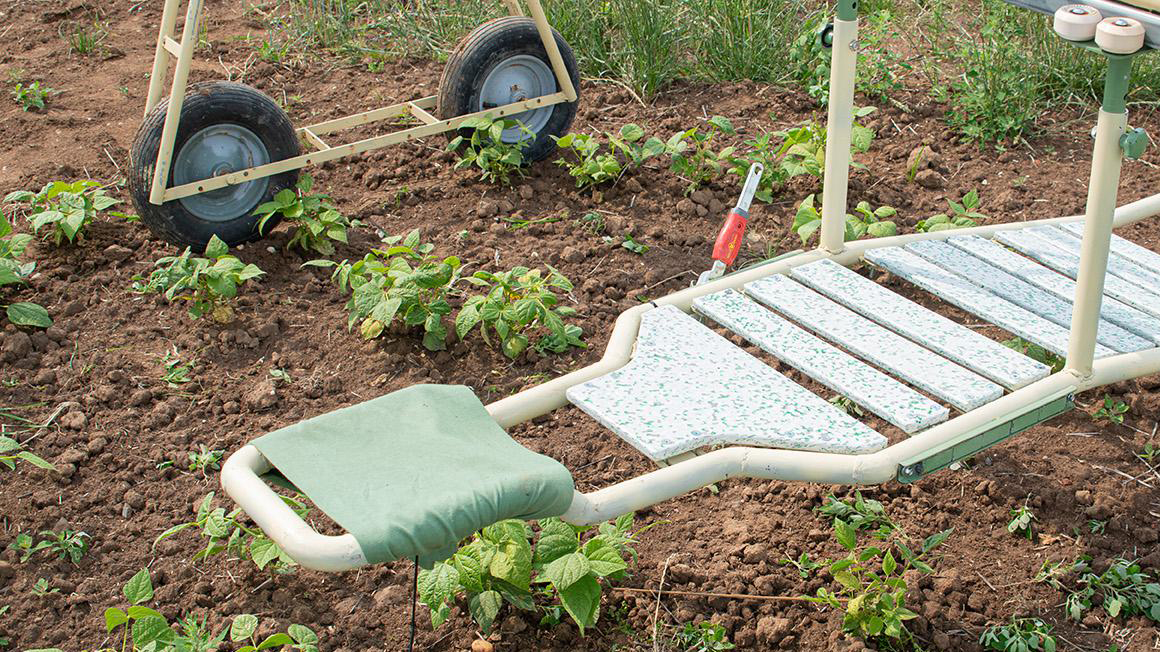

5. We will turn plastic into food.
Guilty Flavors - Eleonora Ortolani
Plastic waste impacts us all, yet our groceries are often still packed in plastic. How to deal with all that plastic waste? One solution would be to eat it ourselves. Guilty Flavors showcases the world's first scoop of vanilla ice cream made from plastic waste. By cleverly using digestive enzymes and engineered bacteria, this could one day become a reality. Unfortunately today is not that day. The ice cream is still under lock and key until we, as humans, collectively decide on how we want to deal with plastic waste.
6. We will dream about the future.
Supernostalgia - Gawon Lee
Our supermarket is full of pre-cut meat in plastic packaging, powdered cheese, sugar-free candy, energy drinks and vitamin pills. We’re completely used to it, and it’s simply part of normal life. However, what’s considered normal is constantly changing. Imagine how cave dwellers, who lived 40,000 years ago, would feel if they could travel forward in a time machine to your local supermarket. They would probably be extremely confused. Now picture yourself in a supermarket in 2050. What do you see? Is there anything you miss from your past? And how did we end up here?

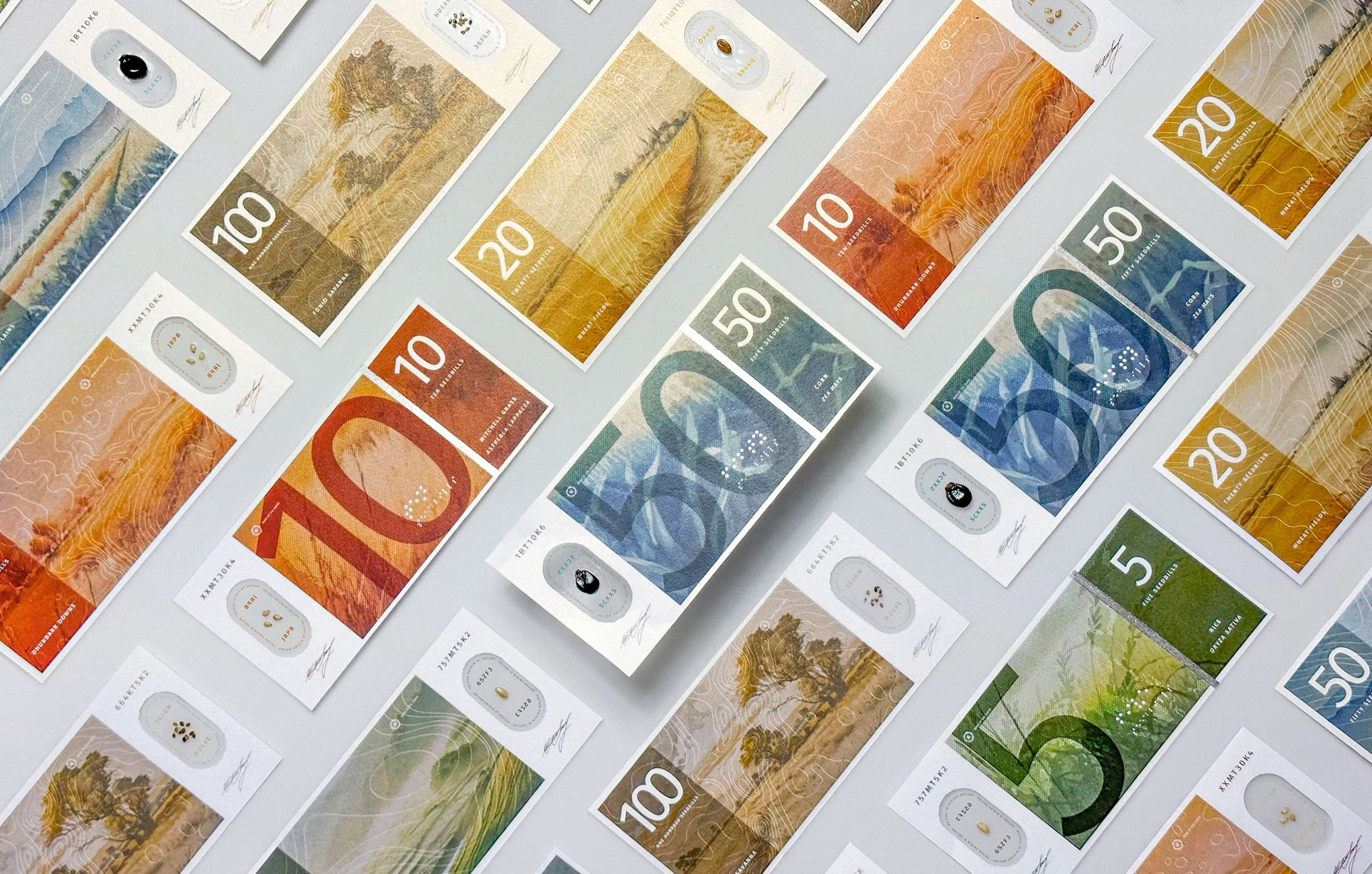
7. We will value money based on abundance and equality.
Seedbills - Studio Sharp & Sour
Our current economic system turns everything that can be sold into profit. Money is a vital medium of exchange: it makes our lives easier, but at the same time it generates scarcity and inequality. This has to change. What if we would reconsider our current economic system, and associate the value of money with abundance instead of scarcity? These Seedbills challenge us to rethink the economic system, through the symbolic power of seeds and money. Each bill contains a seed that is crucial to humanity, and tells a unique story of solidarity, race, climate or Indigenous knowledge.
All projects mentioned in this editorial will be on display during our Future Farmers Market at the Next Nature Evoluon from October 21 - October 29 as part of Dutch Design Week 2023. At this future market, you'll be introduced to innovative, social and sometimes frightening ideas for tomorrow's food and its production: from a scoop of ice cream made from plastic waste to a food-producing lamppost. Get your tickets here.